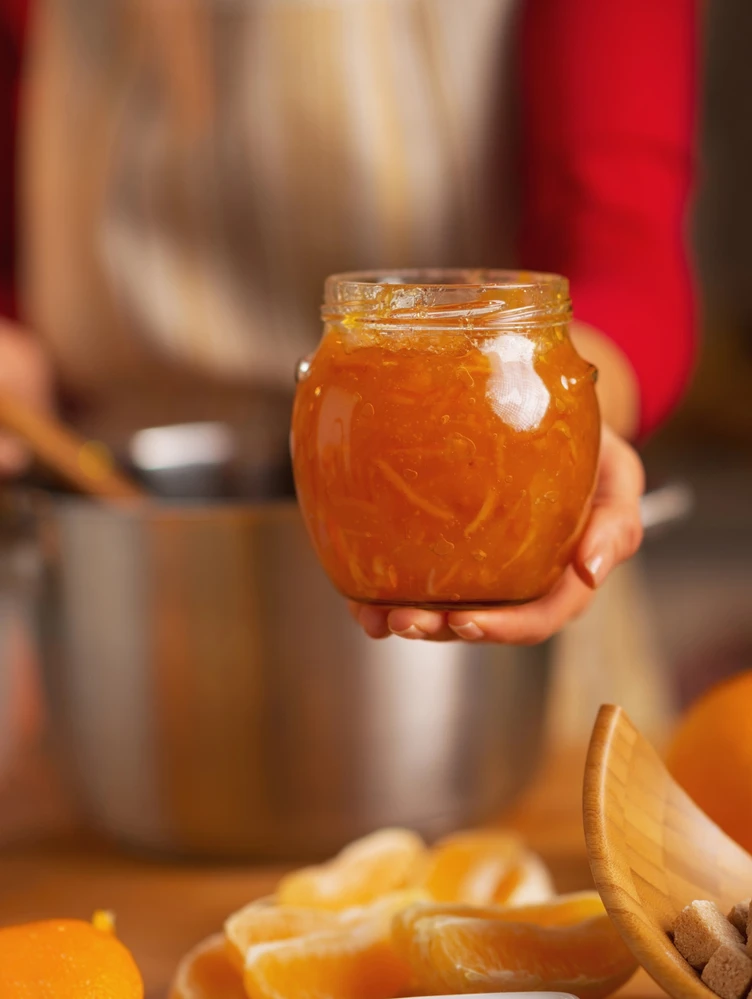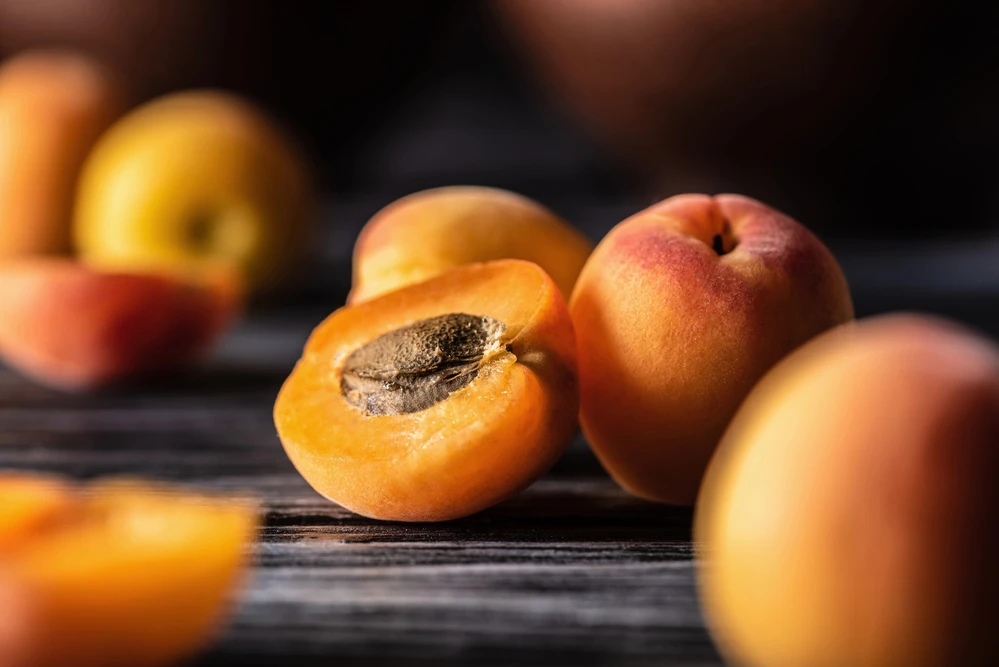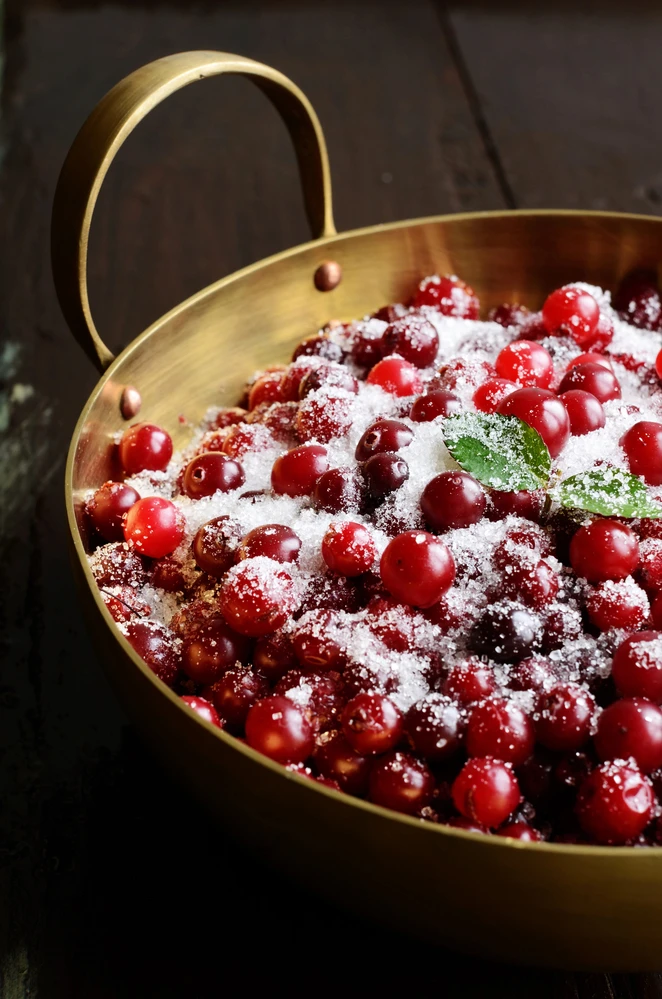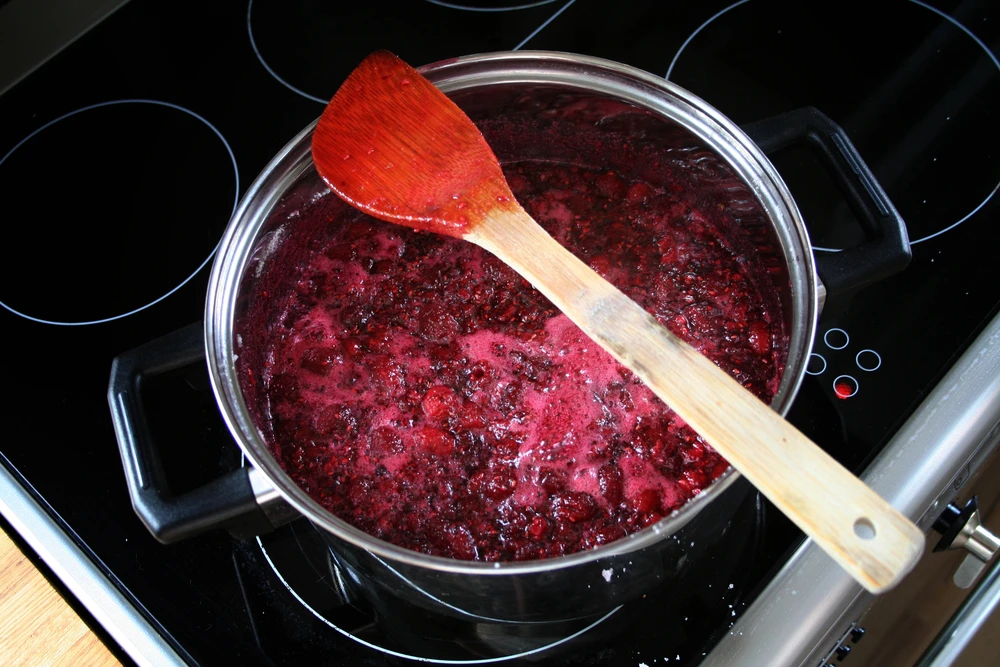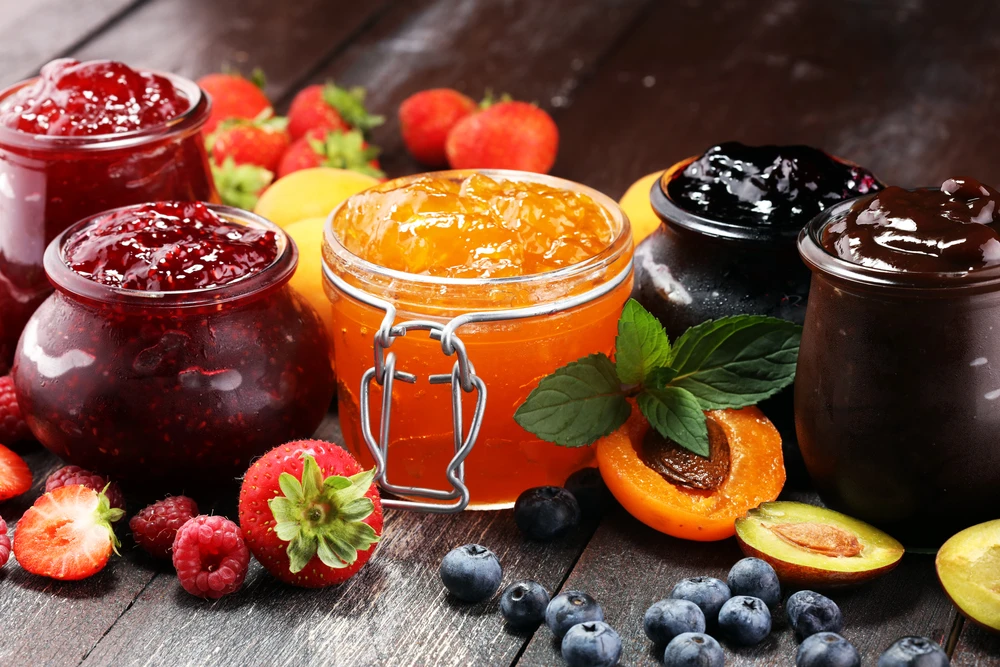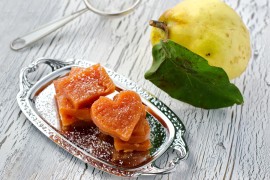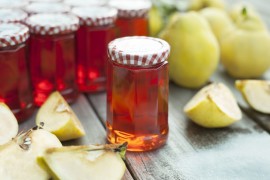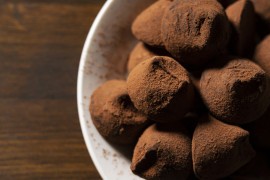Making jams
My mamie Simone made the best jams. Photo chosen by monsieurdefrance.com: Jérôme Prod'homme (c)
First, the right equipment
Before you start cooking, remember to bring all the equipment you'll need. First, a large saucepan, then a scale , because you'll need to weigh out the ingredients. You'll also need a wooden spoon for stirring. You'll also need a skimmer (to remove the scum, which is useless and can give a bad taste). It's always better to cook the pits with the fruit, even if it's pitted, as this adds flavour. So try to bring along a small gauze bag to put them in and remove them easily.
Always plan ahead. Photo chosen by monsieur de France: CITAlliance via depositphotos
For the containers: you'll also need jars, labels (yes, we do! We forget what's inside after a while), a ladle (to transfer the contents of the saucepan into the jars), a clean tea towel, a plate to put in the fridge (it'll be useful to know if the jam is cooked) and above all a large saucepan to bring water to the boil and put the jars in to clean them of possible bacteria. You'll need tongs (or a fork) to pick up the jars from the boiling water without burning yourself, and a funnel to fill the jars without getting them all over the place.
To sum up: 2 saucepans, one of them large, 1 weighing scale, 1 wooden spoon, 1 ladle, 1 skimmer, 1 cold plate, 1 small bag that can be heated, jars with labels, a funnel and tongs.
Then the right ingredients
The great culinary expert Prosper Montagné once said: "You can only make good jam from very good fruit". And the same goes for jam: you can't make good jam from bad fruit. Take them ripe as they should be. Just right. Neither too tired nor too green. Remember to wash them well before working with them. Then remove the pits. Keep them, as they contain pectin, which will help your jam hold together. You'll need a fresh lemon to squeeze out the juice.
Fresh apricots. The fruit must be good if the jam is to be good. Photo chosen by monsieurdefrance.Com: depositphotos.
Which sugar for jam?
The best is jam sugar, which contains acidifier. Otherwise, you'll need a little lemon juice. The acidifier is necessary for the jam to set properly. Otherwise, granulated sugar is fine. You can use powdered sugar, but it's not as good. In fact, the more pectin the fruit contains (apples, apricots...), the less you need to use a special jam sugar.
Choosing the right proportions
Jam is becoming less and less sweet. Roughly speaking, sugar should represent 80% of the weight of the fruit in a jam. You can go from 70% to 100%, but it's still better to use less sugar, and 80% is reasonable. In any case, remember to weigh what you're going to put in your jam pan to be precise.
Remember to marinate your fruit and sugar for a few hours before you start preparing. Photo chosen by monsieurdefrance.Com: depositphotos.
The right way to cook jam
Fruit is always cooked whole or roughly chopped. It's best to marinate them in sugar before making jam. Put them in a bowl and sprinkle with sugar. The next day, or a few hours later, put the contents of the bowl into the saucepan when you're ready to make jam. The jam is cooked in an open saucepan, in which you put the fruit, sugar and lemon juice if you don't have any special jam sugar. If you can, to add flavour and pectin, put the fruit stones in the saucepan too, grouping them together in a bag and removing them at the end of cooking. Stir throughout cooking with a wooden spoon. Roughly speaking, it takes between 30 and 45 minutes of cooking over a high heat. You'll see a scum forming regularly, so remember to skim.
How do you know when jam is ready?
Take a spoonful of jam and pour it onto a cold plate, then remove from the fridge. If the jam sets, it's good. If it runs, it's undercooked.
The jam cooks for between 30 and 45 minutes, depending on the fruit. Photo chosen by Monsieur de France: dépositphotos.
Jam jars: managing and filling them
Your pots must be very clean. This is crucial! So, to make sure there's no bacteria left, bring a large pot of water to the boil and place your jars and their lids in it for 5 to 10 minutes. Then, using a pair of tongs or a fork (otherwise you'll burn yourself), remove them and place them upside down on a clean tea towel.
To fill them , simply take the funnel and, using the ladle, pour the contents of the jam pan into the funnel and thus into the jar. For jars with screw-on lids, fill to the brim, close the lid tightly and turn the jar upside down. Leave to cool on the work surface rather than in the fridge. If you want your jams to stay brightly colored, you can soak the jars in cold water just after filling them, then place them on the work surface. Don't forget to label them before storing, indicating the contents and date.
Jam is another French story
Jam is one of the oldest sweet pleasures in French history. Photo chosen by monsieur de France: depositphotos.
Jam has long been the only way to preserve fruit long after it has been harvested. It was also precious for a long time, because sugar was extremely scarce. It was also long considered a medicine. Nostradamus, the famous seer, first became famous for his treatise on jam-making. He explains how jams are made and their medicinal use. It was in the 19th century, with the arrival of cheap sugar, that jam entered French households, mainly in the countryside.
Le traité sur les confitures de Nostradamus. Illustration selected by monsieurdefrance.Com via Gallica.fr / BNF (c)
Today, the French still love jam, consuming 3.5 kg per inhabitant per year. It's also an important economic sector, employing 6,500 people. ANDROS and BONNE MAMAN, the two leading brands in France, are also French companies. Last but not least, it's a chef from Lorraine, Angélo MUSA, who is driving the jam world forward. He makes jams that are truly excellent, with flavors that will surprise you (cherry and tonka beans, pineapple and rum...).


